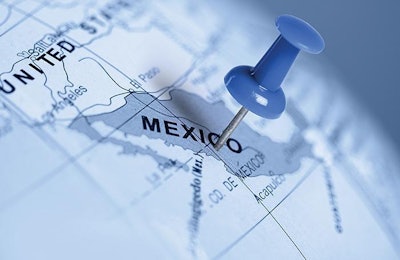
Mexico is the second largest chicken producer in Latin America and 7th in the world. According to the latest figures produced by the National Poultry Producers Association of Mexico, there were 1.83 billion broilers produced in 2021.
Nonetheless, imports are an important part of chicken supply. As per data from the Mexican Meat Council (Comecarne), around 18% of the country’s needs are imported. Proximity, logistics, prices and a powerful free-trade agreement has made the U.S. the primary source of chicken parts and products, but Chile and Brazil are also suppliers.
Brazil has been breaking through the Mexican market in the last few years. And Mexican appetite for chicken does not stop. According to the Brazilian Association of Animal Protein, Mexico has imported 58,500 MT of chicken from Brazil in the first four months of 2022 – a 128.6% increase compared to the same period last year. But Brazil and other exporting countries were restrained by import quotas established by Mexico.
Things change, and this past May 16, 2022, the Mexican government announced a decree for the total elimination of import tariffs and quotas during one full year of 26 basic goods, including chicken, eggs, pork, beef, tuna and sardines. So, Brazil is really pleased to expand their exports to Mexico − a huge window of opportunity has opened up in a very promising market.
Now, the reason that Mexico opened up borders for chicken imports is rising inflation – just like anywhere else in the world. But wages are very low – not necessarily like anywhere else in the world. The government wants to keep prices low to keep inflation under control and maintain access to the cheapest protein as well.
This seems to be a populist measure, but it is also a very liberal one. While the state is intervening, it is at the same time leaving it up to the market.
The decree comes during a time of high volatility in commodities, high prices and a host of logistics problems. So, one might wonder whether protectionism of the domestic poultry industry or free market is needed.
Will the Mexican poultry industry be spurred on? Will importers take advantage of this and inundate the market, while making big bucks and damaging the market? I guess numbers next year will provide the big picture.
What do you think?

















